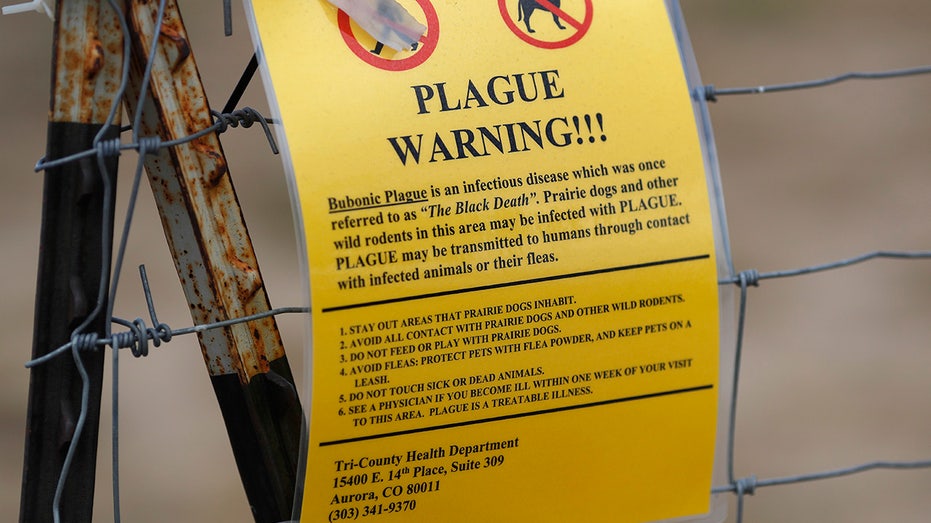An Arizona resident has died from pneumonic plague, marking the first recorded fatality from this disease in the region in nearly two decades. Local health officials confirmed the death occurred in Coconino County, which includes the city of Flagstaff. The victim’s identity has not been released, but the last death attributed to the plague in this area was in 2007.
Pneumonic plague, which primarily affects the lungs, is the most severe form of the disease. In the United States, cases are rare, with only about seven individuals diagnosed annually, mainly concentrated in certain western states. The U.S. Centers for Disease Control and Prevention (CDC) indicates that the disease is predominantly found in rural areas of northern New Mexico, northern Arizona, southern Colorado, California, southern Oregon, and western Nevada.
The disease is often transmitted through flea bites from infected wild rodents. In some instances, it can spread between humans through respiratory droplets, making it particularly dangerous. Unlike the historical outbreaks that claimed millions during the Black Death in the 14th century, pneumonic plague today can be effectively treated with antibiotics if identified early.
According to the Cleveland Clinic, symptoms of pneumonic plague include severe pneumonia and respiratory failure. It is important to note that the plague has three forms: pneumonic, bubonic, which affects the lymph nodes, and septicemic, the rarest form affecting the bloodstream.
Health officials are emphasizing awareness of the disease, particularly in regions where it is more prevalent. The Arizona Department of Health Services has yet to provide further comments on the case, but the incident serves as a reminder of the importance of monitoring wildlife and being cautious in areas where the disease is known to exist.
As the summer progresses, public health experts, such as Dr. Marc Siegel, are also highlighting the rise in tick activity and other health concerns associated with warmer weather. Awareness and education about these diseases remain crucial for community health and safety.





































































